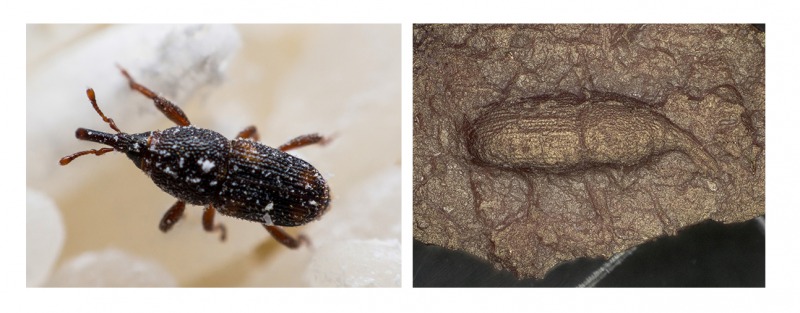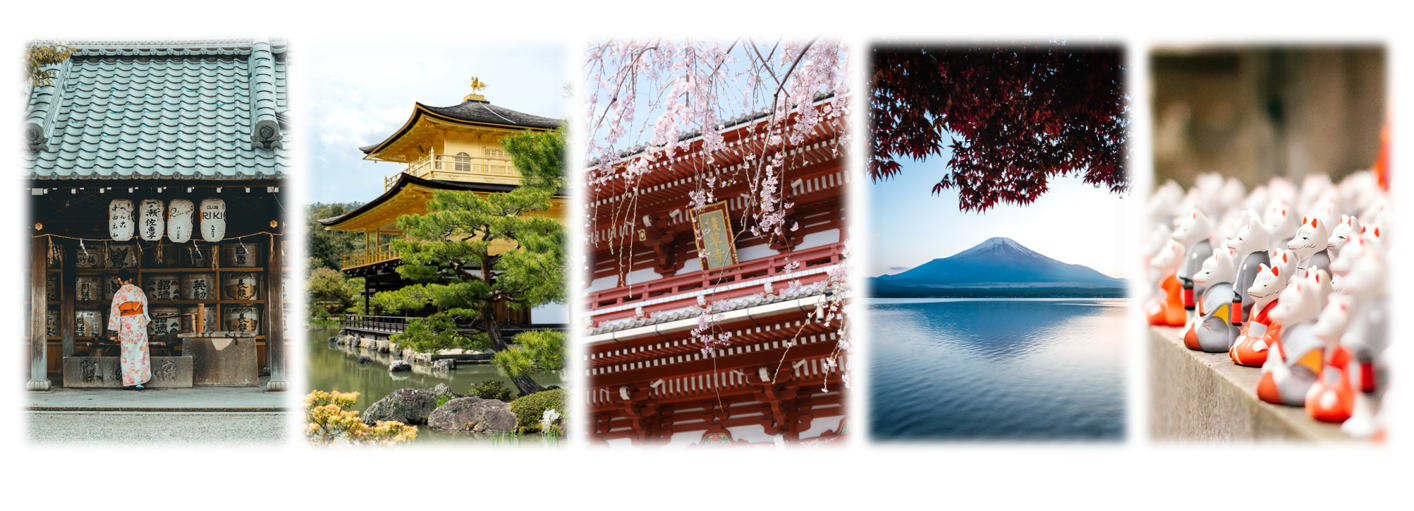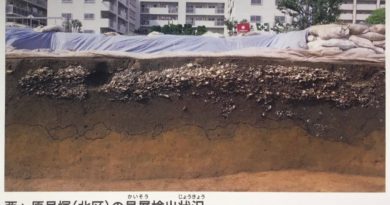What maize weevils from ancient Jomon pottery reveal

CREDIT: Prof. Hiroki Obata
Researchers from Kumamoto University have studied nationwide maize weevil impressions, including impressions from 10,000 year-old pottery, from the southern Japanese island of Tanegashima, to pottery fragments from the Sannai-Maruyama site in northern Aomori., to the Tatesaki archaeological site in Hokkaido.
The study comparing the differential in the size of nationwide samples of weevil impressions in the west from the 20 per cent larger ones in the northeast revealed that pots in the west stored acorns while pots in northeastern climes stored chestnuts.
As chestnuts are not native to Hokkaido, the presence of the maize weevils is also significant evidence that the Jomon people of Tohoku from south of Hokkkaido, carried supplies including chestnuts infested by weevils, over the Tsugaru Strait by boat.
***
See excerpts from the study below:
Hiroki Obata et al, Discovery of the Jomon era maize weevils in Hokkaido, Japan and its mean, Journal of Archaeological Science: Reports (2018). DOI: 10.1016/j.jasrep.2018.10.037 Dec 19, 2018
Ancient Japanese pottery includes an estimated 500 maize weevils
by Kumamoto University.
Researchers have discovered an ancient Japanese pottery vessel from the late Jomon period (4500-3300 BP) with an estimated 500 maize weevils incorporated into its design. The vessel was discovered in February 2016 from ruins in Hokkaido, Japan. This extremely rare discovery provides clues on the cultivation and distribution of chestnuts, food in the Jomon era, and the spirituality of ancient Japanese people.
Maize weevils are beetles of the Dryophthorinae subfamily, and are destructive pests of stored rice and grains. By 2003, Jomon-period pottery and pottery fragments containing foreign-body impressions had been collected by various researchers from multiple archeological sites around Japan. Surveys of these impressions exposed hundreds of seed and insect traces on and in the pottery. Over the years, researchers found that maize weevils constituted over 90 percent of all recorded insect impressions.
In 2010, Professor Obata’s research group from Kumamoto University (KU) in Japan found maize weevil impressions in 10,000 year-old pottery that had been recovered from the southern Japanese island of Tanegashima. They showed that maize weevils, which were thought to have come from the Korean Peninsula, had damaged stored food, such as acorns and chestnuts, long before rice cultivation began in the area.
In 2012, the KU research group found maize weevils impressions in pottery fragments from the Sannai-Maruyama site in the northern Japanese prefecture of Aomori. The fact that weevils inhabited an area with a cold winter is an indicator for the distribution food by humans and a warm indoor environment that persisted throughout winter. It is presumed that weevil infestation of stored food was well underway in the Jomon period.
Interestingly, when comparing the body size of 337 maize weevil impressions found nationwide, the team discovered that the body length of maize weevils from eastern Japan was about 20 percent longer than that of western Japan. It is presumed that this body-length discrepancy is due to the different nutritional values between the types of foods they infested—the sweet chestnuts of eastern Japan vs the acorns of western Japan.
Chestnuts are not native to Hokkaido and previous studies surmised that people carried them to the northern Japanese island. The discovery of weevils at the Tatesaki archaeological site in Hokkaido is evidence that the Jomon people of Tohoku (south of Hokkaido) carried supplies, including chestnuts infested by weevils, over the Tsugaru Strait by ship.
References and further readings:
Hiroki Obata et al, Discovery of the Jomon era maize weevils in Hokkaido, Japan and its mean, Journal of Archaeological Science: Reports (2018). DOI: 10.1016/j.jasrep.2018.10.037 Dec 19, 2018
Ancient Japanese pottery includes an estimated 500 maize weevils -The rare discovery of a vessel with a high number of weevils provides clues to life in ancient Japan (Kumamoto University website) The images above are used in compliance with the image use restrictions from this webpage. See more photos and read more about the research here.



